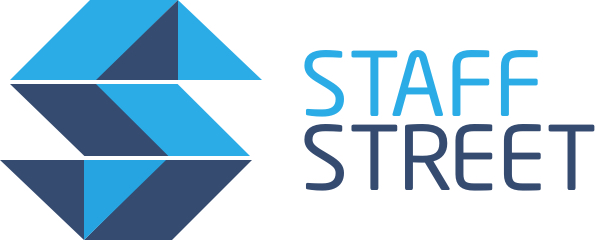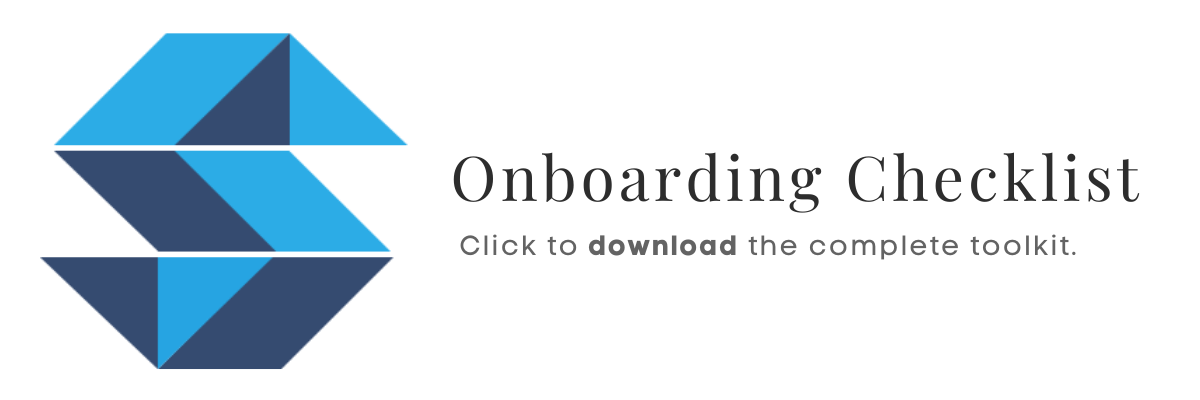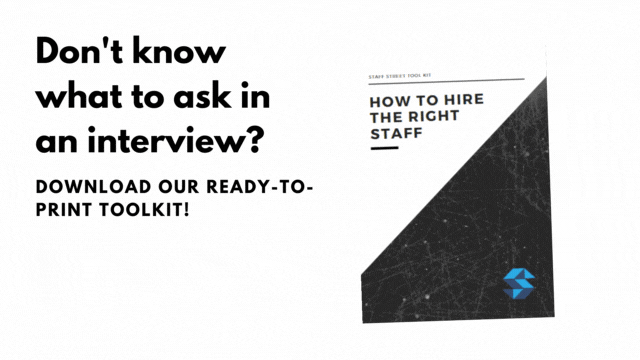Ever heard of the saying, “You are the company you keep“? When it comes to running a business, that saying is as true as it gets. The people that you bring on to your team are essential to your success. They bring in the ideas, skills, and expertise to help give your business the edge it needs. That’s why it’s important not just to find and hire the right people, but also to onboard your new staff in a way that makes them feel included in and committed to your brand. Onboarding is about orienting and integrating new employees into the company and making the necessary adjustments in the professional space to accommodate them.
Both employers and newly hired employees need time, effort, and support to transition towards a healthy working relationship. On one hand, employers have to give room not just for themselves as they bring in new staff, but also for their team and their new hires to adjust to the new workspace. In addition, new employees should take initiative to integrate themselves into a new environment. Keeping an inquiring mind and equipping oneself with the necessary questions and information can help new employees become an active and essential part of the team.
In many ways, onboarding comes down to the same wisdom that guides any relationship: Every good instinct you have about taking care of your personal relationships applies to nurturing professional ones. Be communicative. Listen. Find a compromise. Take initiative. Be inclusive. Meet people halfway and find a common ground towards a common goal.
What do employers need to know when they onboard new staff?
As entrepreneurs, it’s easy to share and impart your vision to people. It comes with the job. But sharing the responsibilities for bringing that vision to life is something else entirely. You take a risk—both professionally and financially—trusting your work with somebody else. A transparent and organized onboarding process can provide a good opportunity for employers and new employees to build trust and establish a good working relationship.
At Staff Street, our strategy for onboarding new staff is two-fold. One, it’s important to have the proper mindset when you’re dealing with new people. And two, it’s essential to take note of the necessary tools and information to help onboard your new hire.
Mindset
New relationships are always exciting because it’s a chance to build something new. Everybody puts their best foot forward. People are curious about each other and eager to learn from one another. It’s a time of great potential that we, as human resource experts, want to take advantage of in order to lay a really strong foundation for building out a great team.
1. Simplicity.
Be succinct.
When you’re inviting someone new to be part of the team, it’s critical to get them up to speed. The key to effective information transfer is just as much about how you convey information as it is about what you convey.
As an entrepreneur and an employer, take the opportunity to sharpen your internal communication. List down the information you think your new hire is going to need. Simplify your ideas and your instructions. Aim for understanding, not completion. Welcome questions and take the time to answer them. Don’t throw everything at your new employee and hope for whatever that sticks. Be strategic and straightforward.
If you can effectively explain what you do, how you do it, and why you do it to the people working for you, then it makes it easier for you to explain things to everybody else.
2. Transparency.
Establish an open-door policy.
We discussed instilling an open-door policy with your hires from the outset. There’s no better way to lead than by example. By being transparent with your plans and encouraging feedback, you can establish a communicative relationship between you and your employees. People are more likely to communicate their thoughts and ideas when they know that their input is being valued. Encouraging open communication and feedback lets your employees know that they must dedicate time and thought to their work to offer valuable insight and input.
3. Patience.
Be patient.
It takes time and effort to build a team that you can rely on. You have to match your expectations with effort. If you expect your new hire to be in top form as quickly as possible, then it’s critical that you provide the necessary tools and support to get them there.
Devote time and resources to transferring information clearly and purposefully, especially when it comes to the process and standards that you have at work. Give your new hires the window to receive, process, and implement the information you give them.
It will take time until they feel comfortable and confident enough to keep pace with you. The important thing is that you provide the support and the time for them to do that.
Tool Set
Forethought and preparation is the key to making it work.
To make an easier time of onboarding new staff, prepare a kit of productivity tools and access keys. This helps prepare your new hire to integrate more seamlessly into their role. In addition, it sets clear expectations and helps roll out their responsibilities in an organized and transparent way. Make sure that everyone is on the same page when it comes to their responsibilities and what they’re accountable for.
Employment Contract
Make sure that both parties have an updated finalized copy of the contract. Avoid discrepancies and clarify any questions that either side might have about your expectations about the job. And if either side has questions, make time to go over and answer them.
Employee Profile
Set up an employee profile on important platforms. You’d be surprised how often companies forget to create profiles or access accounts for their new hires. Having a profile for your new hire helps them feel included at work and ready to start as needed.
Access and Login Keys
In addition to accounts, companies need to itemize the software and systems that their new hires need to access to get the job done. Good planning ensures that you don’t keep them out of important spaces that they require to do their job. The purpose of new staff is to make your work easier and more efficient and to help you improve your company’s overall performance. More than enabling, empower your staff help you. Think carefully about the platforms, the information, and the people that are important to the job, and give your new hires the proper access.
Productivity and Specialist Tools
Certain jobs require special tools to get done. Doing a little bit of research before you even onboard a new hire is a good way to prepare the person who’s going to fill that role. You might ask “If I have the person, do I really need the extra tools?” Most of the time, the answer is based on your budget. But it’s undeniable that specialized tools can be especially helpful in making things easier and more efficient for your new hire to do their job.
Company Values and History
Find the time and opportunity to sit down with your new hire and discuss the company itself, where you are, and where you’re going. When you share your values and your history, you enable your employees to get to know you and your business at a deeper level. This also helps your employees be more confident speaking about you as a company to other people outside of work.
Company Policy and Culture
In line with staying consistent with the company branding, orient your new hire on company policies, especially when it comes to details that are essential to how you communicate your brand.
For example, one way to communicate standards is to put them into practice. Communication channels and platforms are a great way to practice and refine your professional rapport. A better rapport creates a better space for transparency and also ensures that when your employees speak highly of you, they’re coming from a place of authenticity.
Organizational Brief
Part of the company brief is to give your new hire a sense of the space that they’re going to be part of. Profile your team and your organization. Let them know who their immediate supervisors are, who they can turn to for troubleshooting or advice, and so on.
Onboarding new staff is a critical step in the process of building out your team. The first few months can be crucial for the integration and success of a new hire. So, take the opportunity to establish goals and expectations early on. As entrepreneurs, make your new hires feel part o the team. Connect with them by finding opportunities to make them succeed in their role.




